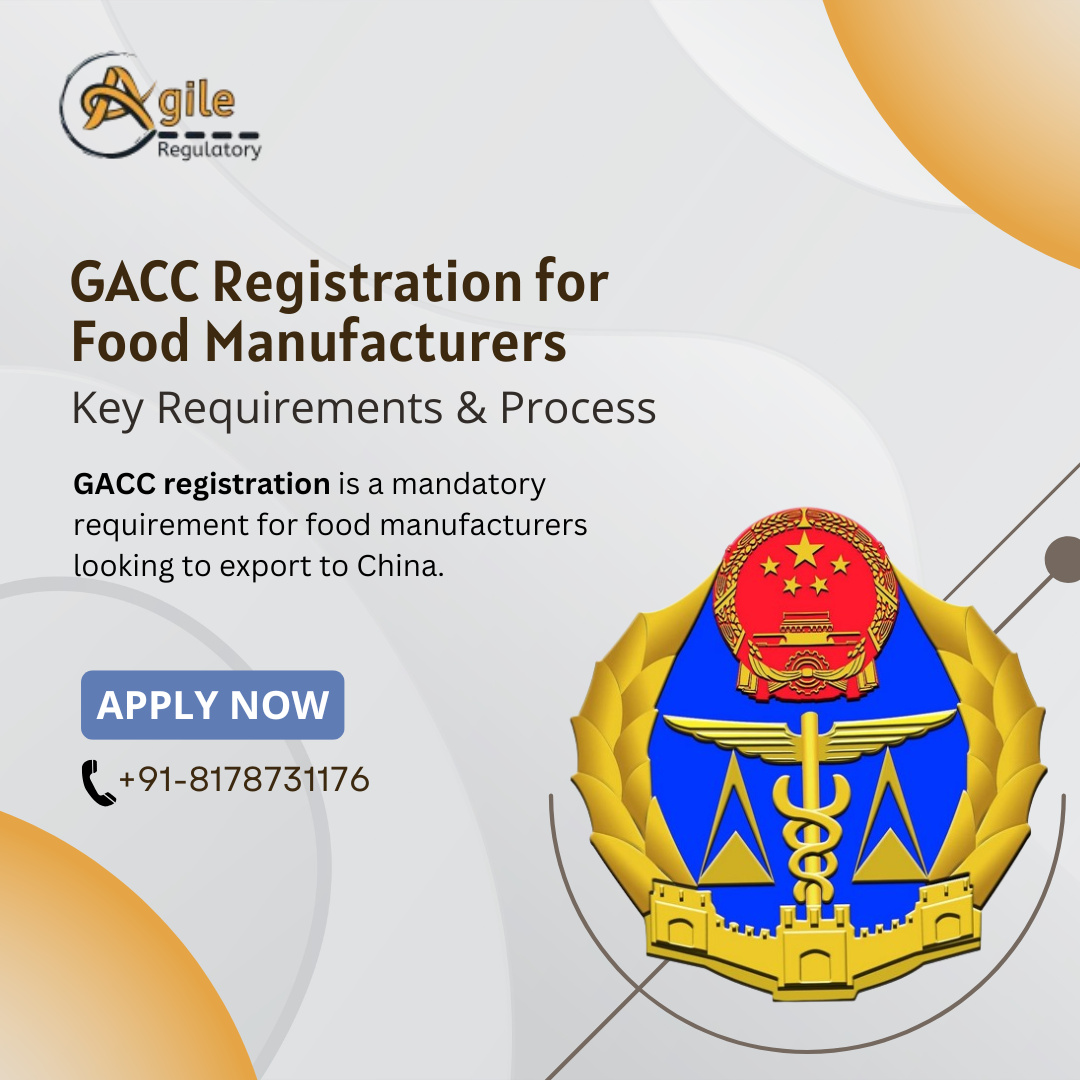
As global food demand continues to rise, China remains one of the most lucrative export markets for food and agricultural products. However, entering this market in 2025 requires more than just quality goods—it demands a well-optimized supply chain and strict regulatory compliance. Exporters must align their operations with evolving Chinese import standards, documentation requirements, and quality expectations to avoid delays, rejections, or penalties.
Understand GACC Requirements
In 2025, compliance with the General Administration of Customs of China (GACC) remains a non-negotiable step for food exporters. All foreign manufacturers, storage facilities, and exporters dealing in certain food categories must register with GACC to ship products into China. GACC registration helps the Chinese government trace imported food items and ensure safety and hygiene. Exporters must stay updated with any amendments in registration categories, labeling norms, or product testing protocols introduced under China’s evolving import laws.
Implement Digital Documentation
Digital transformation continues to shape global trade. Exporters should transition to electronic documentation platforms that can integrate with Chinese customs systems. Accurate, real-time data on invoices, health certificates, bills of lading, and certificates of origin ensures smoother customs clearance. Using blockchain-based traceability tools and smart labeling systems also builds trust among Chinese importers and regulators.
Strengthen Cold Chain Logistics
For perishable goods like dairy, meat, seafood, and fresh produce, a robust cold chain infrastructure is critical. This includes temperature-controlled transport, IoT-enabled monitoring devices, and contingency systems for handling delays at ports. Chinese importers increasingly demand proof of temperature integrity across the entire journey—meaning that your cold chain must be both efficient and transparent.
Establish Local Partnerships
Building relationships with local distributors, agents, and regulatory consultants in China can improve market access and reduce logistical friction. These partners can provide real-time insights into regional customs practices, buyer preferences, and emerging policy changes—allowing you to adapt quickly and avoid disruptions.
Invest in Quality Control and Packaging
Food safety is a high priority in China. Exporters must invest in stringent quality control mechanisms, such as batch testing, contamination checks, and sanitary packaging. Proper labeling in Mandarin, including nutritional facts, manufacturing details, and shelf life, is also critical for compliance with Chinese food labeling laws.
Role of Agile Regulatory in Supporting Exporters
Navigating GACC registration and maintaining compliance with Chinese import standards can be overwhelming, especially for first-time exporters. That’s where Agile Regulatory comes in. With deep expertise in international food trade compliance, Agile Regulatory assists businesses with GACC registration, documentation, label verification, and end-to-end advisory for entering the Chinese market. Their team ensures exporters meet all regulatory checkpoints, avoid unnecessary delays, and set up a legally compliant and efficient supply chain. From initial registration to final customs clearance, Agile Regulatory is a trusted partner for Indian businesses aiming to expand their footprint in China.
Conclusion :
China offers enormous potential for food exporters in 2025—but only those with a compliant, efficient, and well-managed supply chain will succeed. By staying ahead on regulations, investing in quality logistics, and partnering with experienced consultants like Agile Regulatory, businesses can unlock long-term growth in this dynamic market.